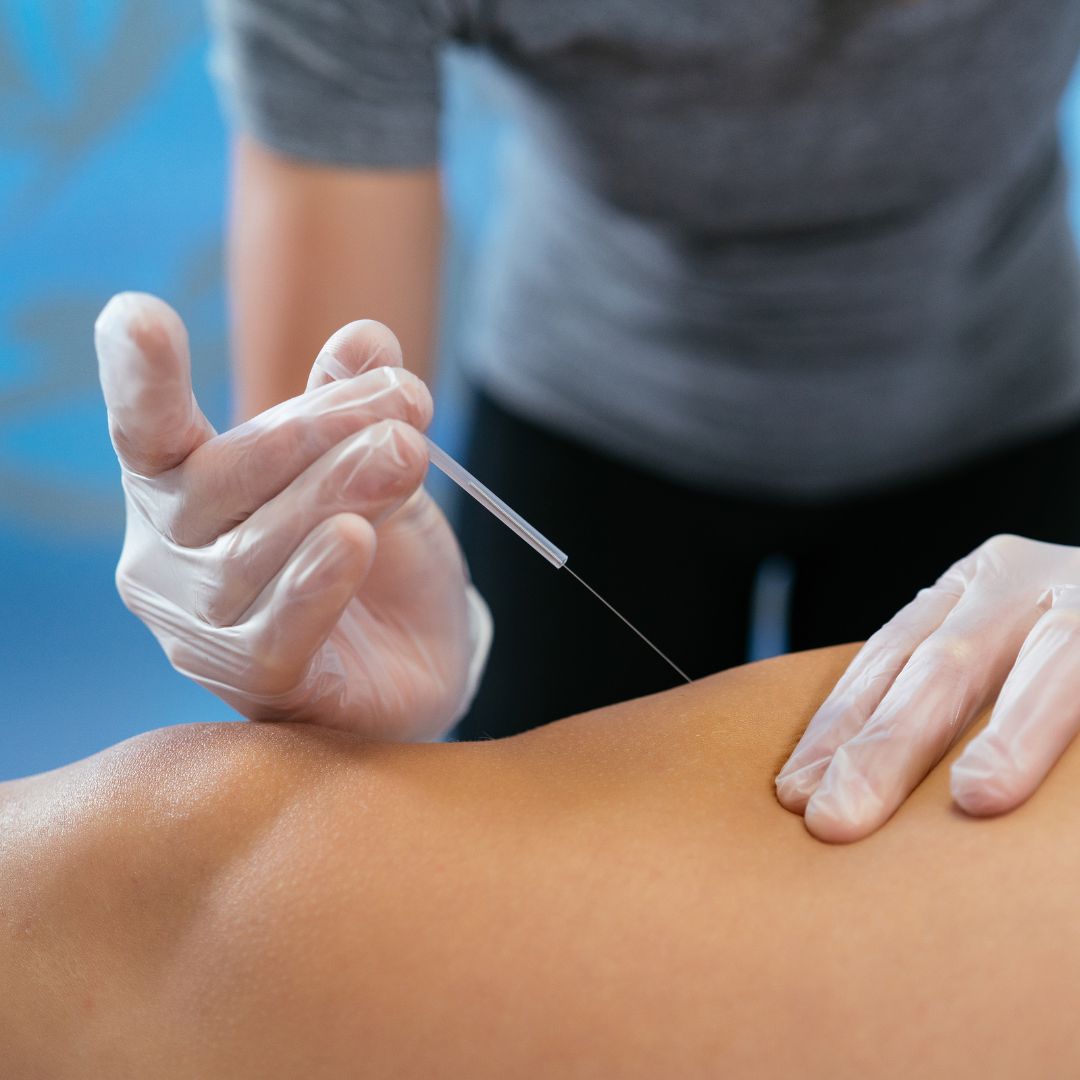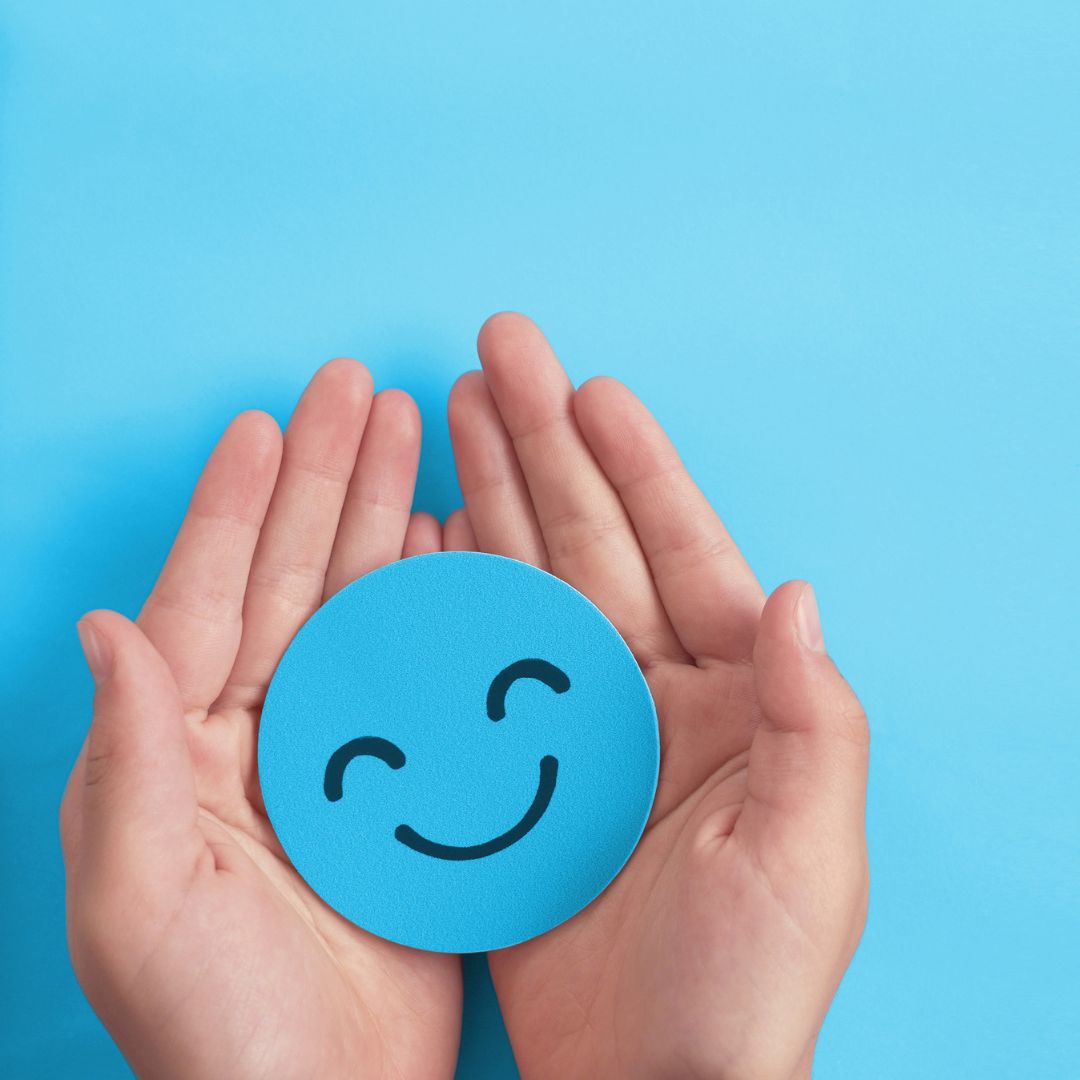Getting to the Point - The Benefits of Acupuncture
Acupuncture’s roots can be traced back more than 3,000 years, but its integration into mainstream Western medicine has been a more recent phenomenon.
That might explain why, for some, the ancient practice of inserting needles just below the skin – identified by the World Health Organization as the most widely used traditional medicine practice globally – remains something of an unknown.

“Chinese medicine is used to treat everything that a primary care doctor would treat in the West,” said Dr. Sarah Twelvetree, who offers acupuncture at MRU’s Injury and Prevention Clinic and is Alberta’s first Athletic Therapist and Doctor of Traditional Chinese Medicine. “Acupuncture and Chinese medicine look at the underlying constitution that is leading to certain dysfunctions.
“If a headache is a branch on a tree, there’s an underlying root system that’s causing the headaches. Acupuncture tries to treat the branch, because that’s why people come in – they want relief – but it also looks at the root causes.”
Commonly used to treat many forms of musculoskeletal pain, menstrual cramps and headaches or migraines, acupuncture is based on the theory that qi (chee) or energy flows through pathways or meridians in the body. By inserting needles into points along the meridians, Chinese medicine practitioners believe balance can be restored. In the West, acupuncture is explained in terms of the stimulation of nerves, muscles and connective tissue, which increases blood flow and the body’s ability to heal itself and reduce inflammation and pain.
“What has surprised me is how quickly acupuncture can work,” she said. “For some patients there’s immediate relief.”
Dr. Twelvetree, a 1998 MRU grad who trained as a paramedic and athletic therapist before becoming a Doctor of Traditional Medicine, is excited to offer acupuncture on Wednesdays at the MRU Injury & Prevention Clinic.
“What has surprised me is how quickly acupuncture can work. For some patients there’s immediate relief,” she said. “As an MRU alum, it’s so full circle for me to be able to open a clinic here. I walked these halls and even remember going on the campus tour. I’ve always had an affinity for Mount Royal.”
How to book an appointment:
Dr. Twelvetree’s clinic is open Wednesdays at the MRU Injury & Prevention Clinic. Appointments can be booked online.
Five things you should know about acupuncture
- It’s all about the needles: Those new to acupuncture always want to know about the needles – How big? How many? Will they hurt?
While it’s normal to have some anxiety about needles in general, acupuncture needles are very small. They’re about the same thickness as two human hairs – or about 10 times smaller than the needles typically used for injections.
They’re sterile, disposable and most patients feel little or no pain when they’re inserted.
“The needles are tiny, tiny, tiny,” said Dr. Sarah Twelvetree, who runs an acupuncture clinic at MRU’s Injury & Prevention Clinic. “There may be some discomfort as the needle breaks the skin but once they are in and settled, there shouldn’t be any pain. With some needles, you get a heavy feeling when they go in and it fades right away.”
Most treatments involve up to 20 needles in total. They are normally inserted less than half an inch below the skin and generally stay in for about 20 minutes before they are removed. - How to prepare for your first appointment: Be ready to share your health history, through an intake form, and explain which areas of your body are causing pain or discomfort.
For your first appointment, the practitioner will check your vitals, which normally means taking your pulse and checking the shape, coating and colour of your tongue.
In Chinese medicine, the tongue is thought to reflect your overall health and can be a powerful diagnostic tool.
After reviewing your health history and vitals, a treatment plan will be formed that usually involves the insertion of needles in certain areas. Initial appointments generally take an hour, with follow-ups scheduled for 45 minutes.
Loose, comfortable clothing is recommended. - Where do the needles go? Not all forms of acupuncture involve placing needles where there is pain.
Distal acupuncture, popularized in the West by Master Tung and Dr. Tan, involves inserting needles away from the area of discomfort. The idea is that the needles help the body to direct blood and Qi, or energy, to the areas where it is needed.
For example, needles can be placed into elbows to address knee complaints, while shoulder pain can be targeted through the lower legs.
“There’s a lot of mirroring techniques in acupuncture. I use Master Tung, who has a lot of distal acupuncture points,” said Dr. Twelvetree. “It helps to free that flow of Qi. Most of my needles are below the knees and below the elbows.” - Acupuncture isn’t just for pain: It can be used to treat a variety of conditions, including chronic headaches and migraines, menstrual cramps and menopause, most pain-related issues and overall mental health and well-being.
“You can get really good results from acupuncture and that’s for everything from chronic migraines to ankles sprains, menstrual cramps – all the pain – and mental and emotional health, too,” said Dr. Twelvetree. - Treatment costs are covered in most health plans: Acupuncture has been around for thousands of years and is covered by most health insurance plans or health spending accounts. Practitioners in Alberta are regulated by the College of Acupuncturists of Alberta.
At MRU, student coverage does not include acupuncture, but many students receive coverage through their parents’ health insurance plans. There are discounted rates for students, alumni and employees.
Read this next
Event: Wellness Wednesdays
Wellness Wednesdays features physical activities, group gatherings, team building exercises and more. Taking part in Wellness Wednesdays is about learning new skills, building physical and mental resilience, connecting with community members, and gaining a new perspective on life and health.
READ MOREConnect with us
Address
4825 Mount Royal Gate SW
Calgary, AB T3E 6K6
U216, Wellness Services
Hours of operation
Monday - Friday: 8 a.m. - 8 p.m.
Saturday: 9 a.m. - 2 p.m.
Sunday: Closed
Subscribe to our newsletter



